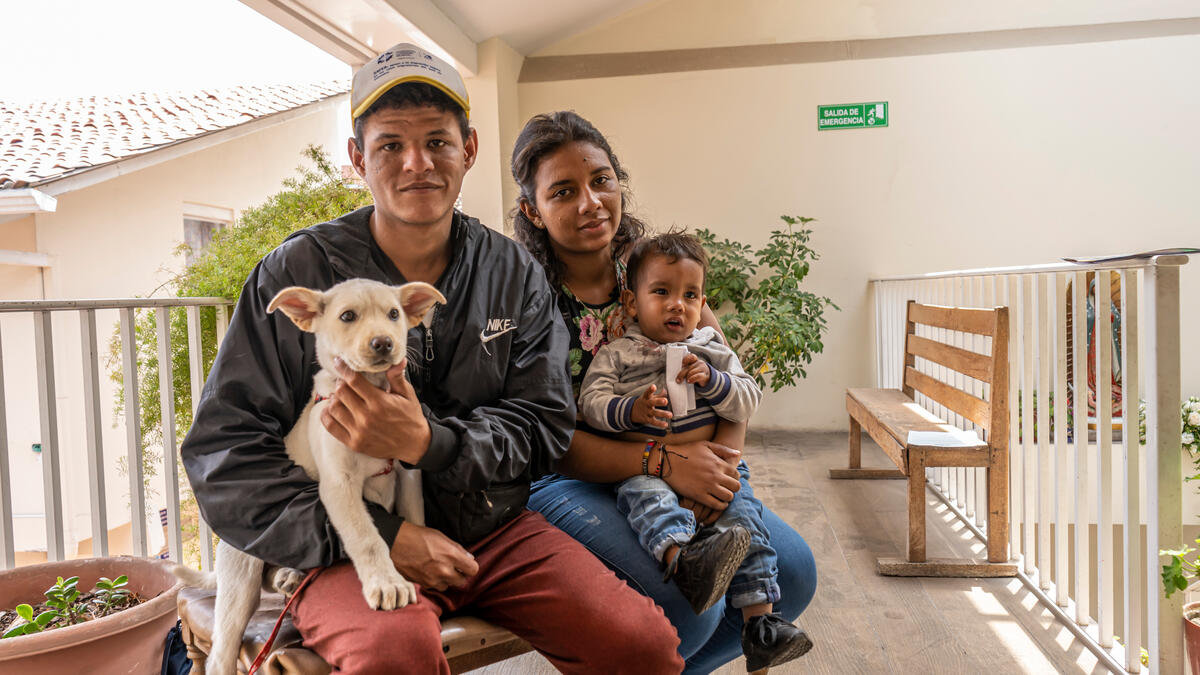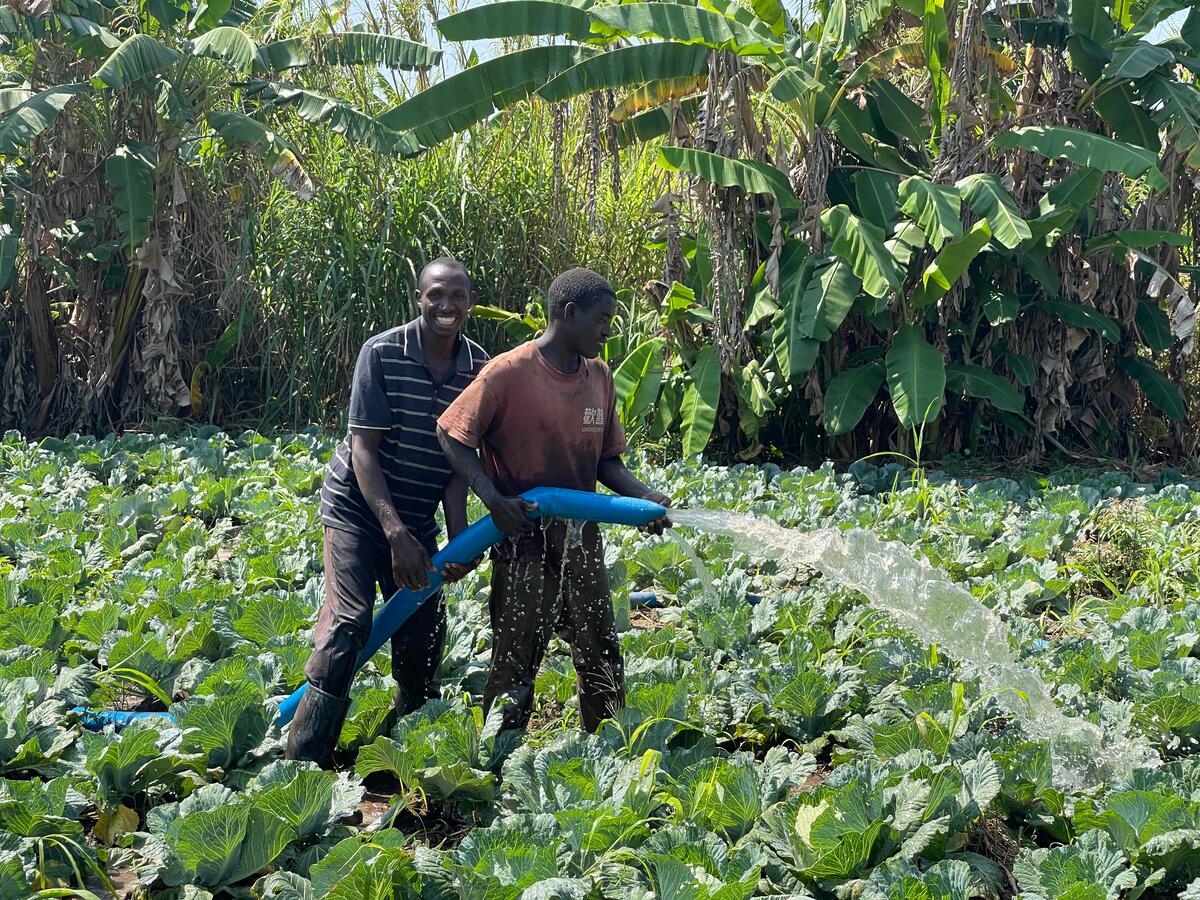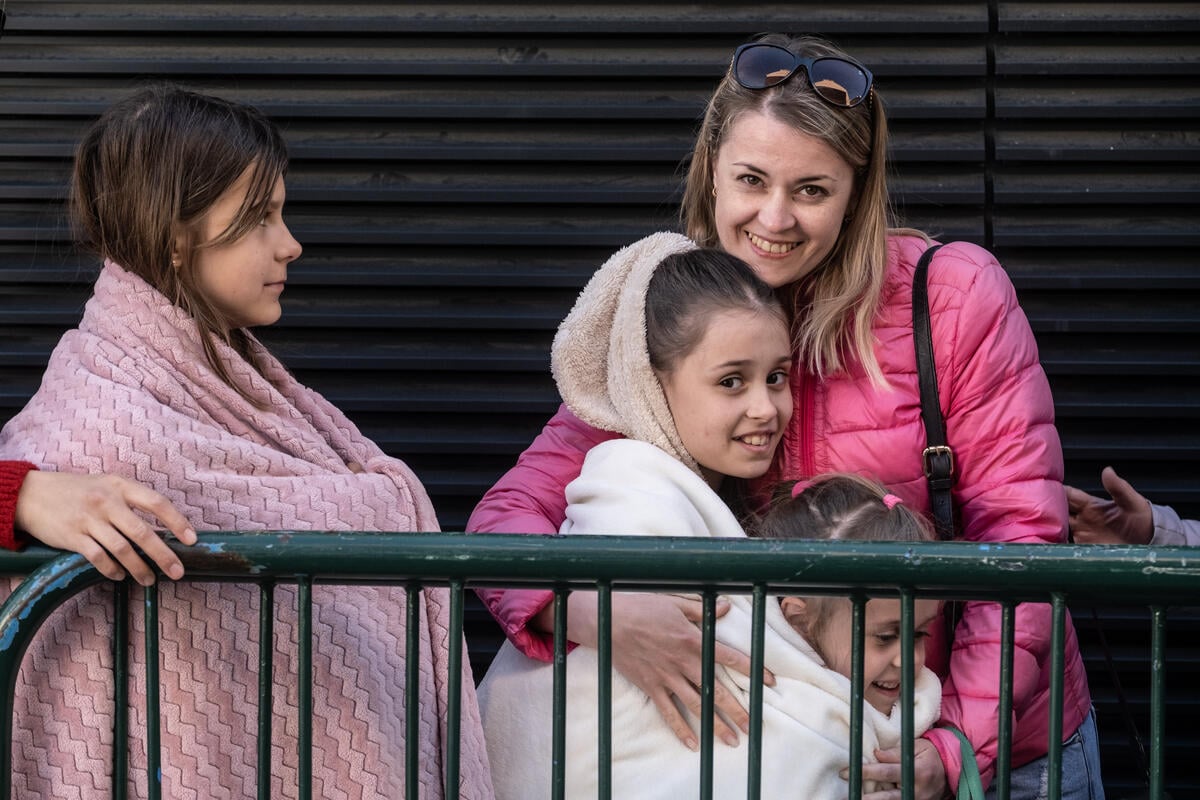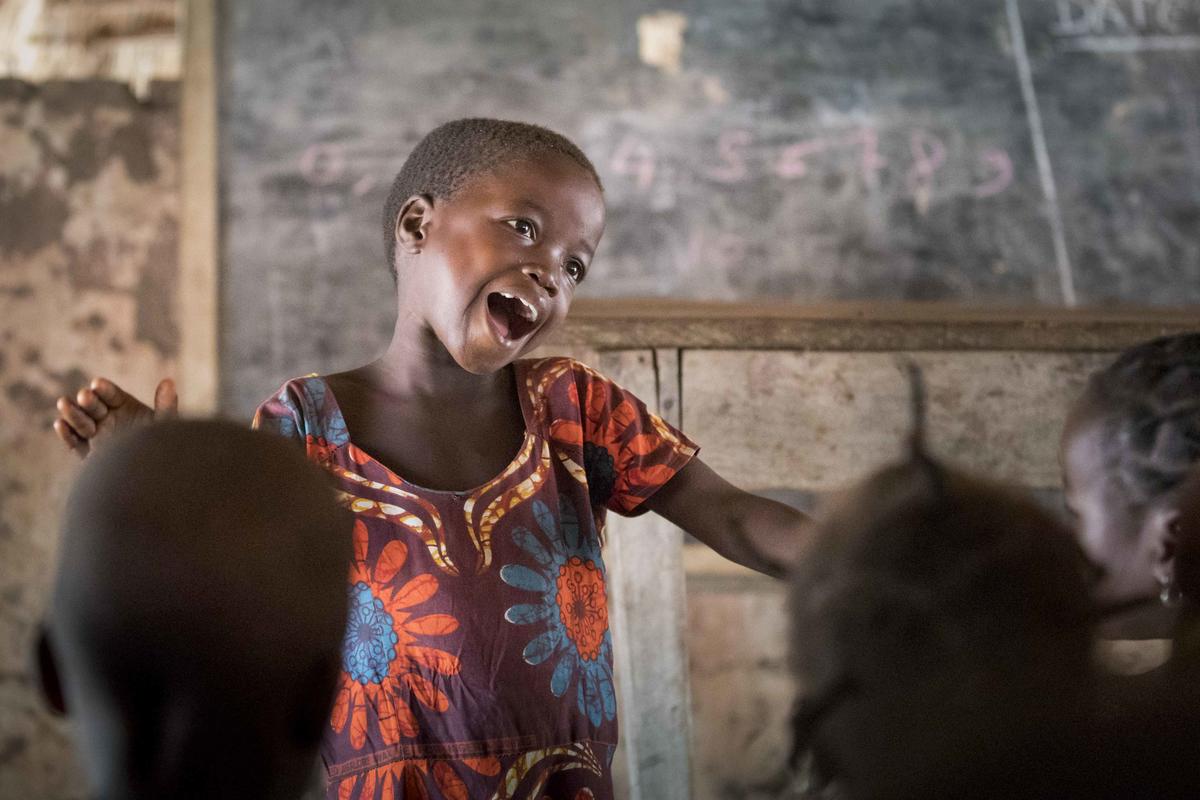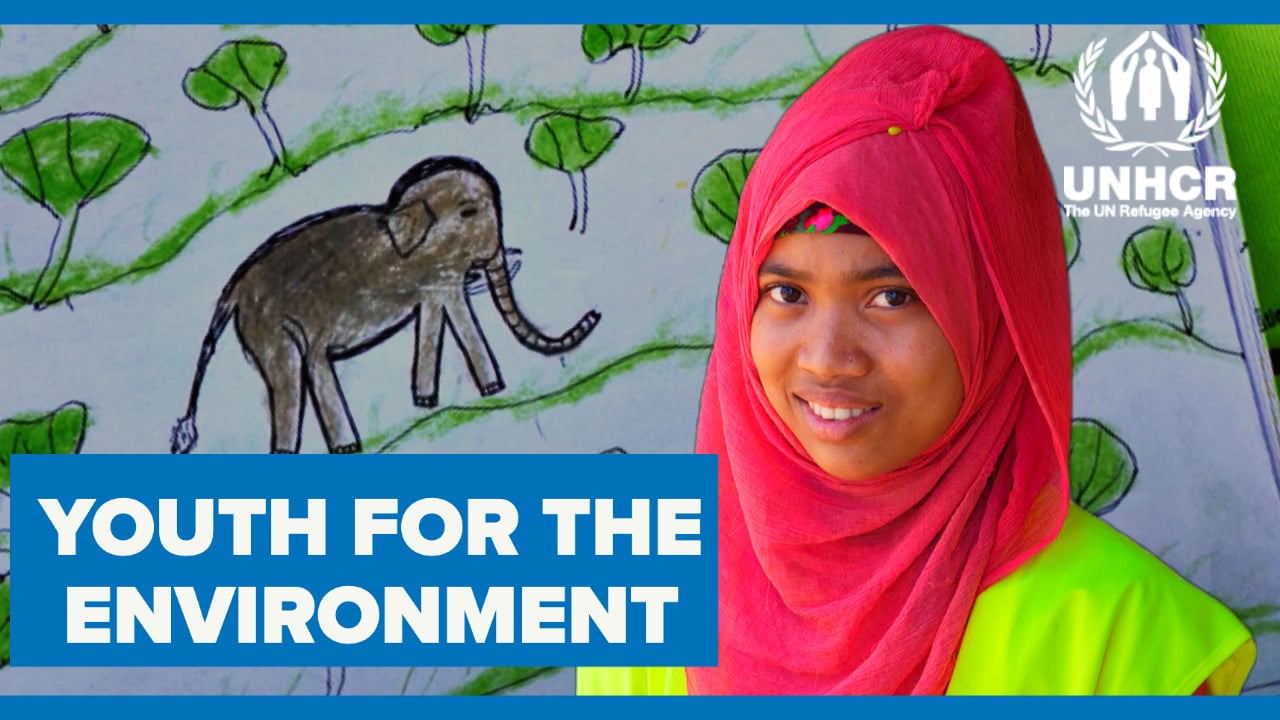Young people in Myanmar's Rakhine State tackle ethnic divisions
Young people in Myanmar's Rakhine State tackle ethnic divisions
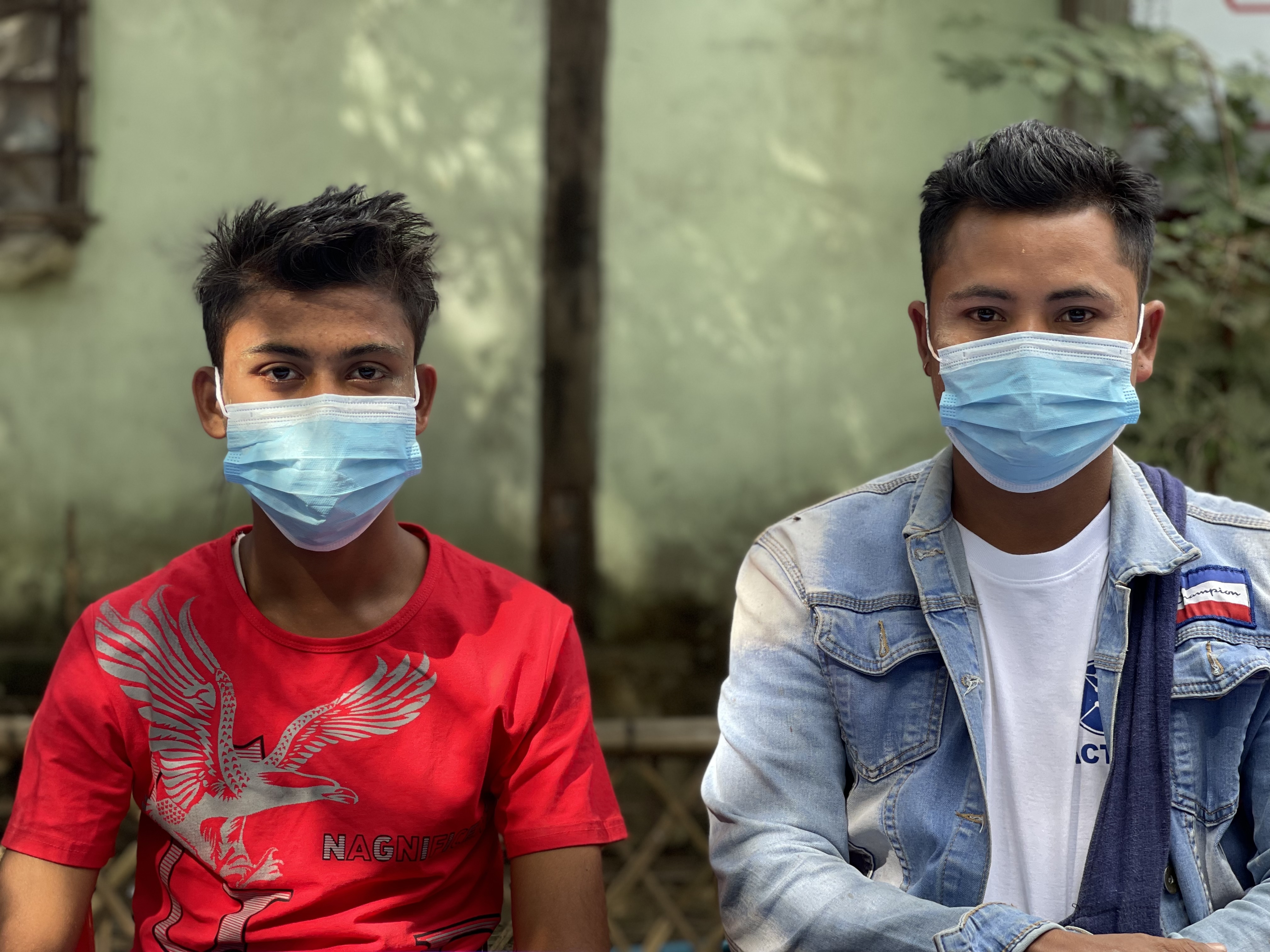
On a blue-sky winter’s day in Myanmar’s western Rakhine State, hundreds of people from two neighbouring villages – one populated by ethnic Rakhine people and the other by the minority Rohingya ethnic group – stream into an open field. The atmosphere is cheerful and festive as crowds gather around a large makeshift sports ground.
As a football match between teams made up of Rakhine and Rohingya players commences, Myint Swe looks on with pride. “It took several weeks of planning for us to organize this event,” says the 32-year-old from Pyar La Chaung, the Rakhine village.
Also watching from the sidelines is 20-year-old Maung Kyaw Maung from Pyin Chay, the Rohingya village that is 10 minutes away by foot from the Rakhine one. “Youths from both villages came together to make this possible,” he says.
The duo is part of an eight-member youth group that organized the event. Officially called the Youth Development Committee, it is made up of four young people from the two villages who were elected by their respective communities to come up with solutions to shared challenges and to organize joint activities like the football match.
Stories of collaboration across ethnic lines are relatively rare in Rakhine State, where ethnic and religious divisions have long impacted intercommunal relations. While the region has been largely spared the violence experienced in other parts of Myanmar following the military takeover of 1 February 2021, historical wounds from previous conflicts have yet to fully heal.
There have been several waves of violence and displacement since the early 1990s. Among the most significant were intercommunal violence in 2012 and, five years later, the crisis that forced more than 740,000 Rohingya to flee across the border to Bangladesh. In total, some 1.6 million Rohingya are living as refugees, mainly in Bangladesh, Malaysia and India. Another 148,000 out of 600,000 Rohingya remaining in Myanmar are displaced across Rakhine State.
Their prospects for being able to return home in the near future remain slim. In addition to the continued insecurity affecting both the Rohingya and the Rakhine communities, Rakhine State is a region with limited economic opportunities.
The Rohingya live in particularly precarious conditions after decades of being denied basic rights, including citizenship, freedom of movement and access to basic services such as education and health care. While improvements to living conditions have been made in the last decade, there has been no tangible progress in the areas of citizenship and documentation.
As part of efforts to address these challenges, UNHCR, the UN Refugee Agency, has been working with partners to foster greater social cohesion between the two ethnic groups, and reduce the likelihood of future intercommunal violence.
The successful organization of the sports day event involving the Rakhine and Rohingya villages is the culmination of a year-long rural youth empowerment project run by ACTED, an international NGO and partner of UNHCR.
“Youths play a special role in shaping intercommunal dynamics,” explains Htin Kyaw Min, a project manager at ACTED. “They can act as changemakers in strengthening dialogue, decision-making, and conflict resolution, not only within, but also between their communities.”
"We have a lot in common."
The Youth Development Committee Maung Kyaw Maung and Myint Swe are part of, is one of six established by ACTED under the project. Members of each group are given training on leadership, peacebuilding, business development, vocational skills and first aid, among other things. They then work with village elders and administrators to identify needs and implement joint solutions benefitting both communities.
The training has inspired members to come up with income-generating activities that serve both their communities. “The business development training gave us the idea to buy tables and chairs which are used for community events like today’s sports day. When not in use, we plan to rent them out to other villages to generate some income,” says Myint Swe. “We want to use the money earned to finish construction of a road linking both our villages.”
By promoting social integration and economic empowerment for both the Rakhine and Rohingya communities, the youth empowerment project aims to foster conditions that will help restore the fundamental rights of the Rohingya and pave the way for them to return home safely.
“We have a lot in common,” says Myint Swe, noting that both villages lack education, but especially the Rohingya one. “We try our best to help one another gain more skills. Knowledge is very important and helps to maintain peace.”
“Previously, interaction between our villages was less frequent,” says Maung Kyaw Maung. “Now, we are on friendlier terms with each other.”

